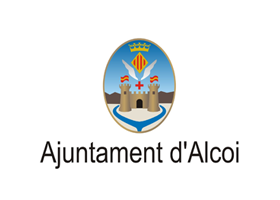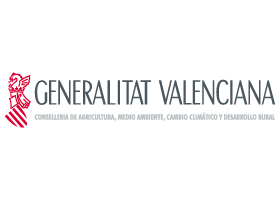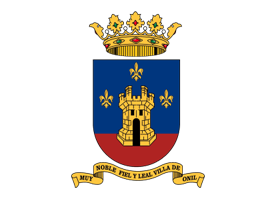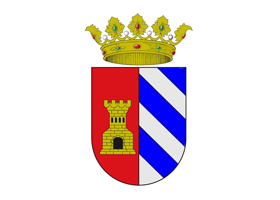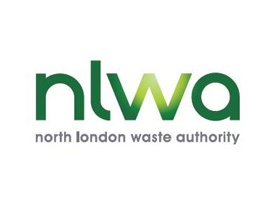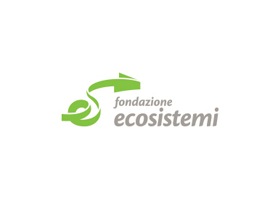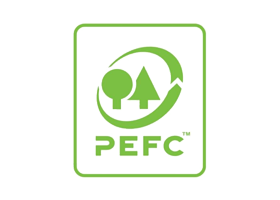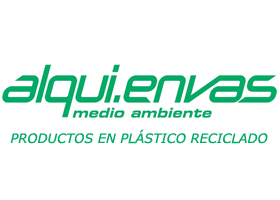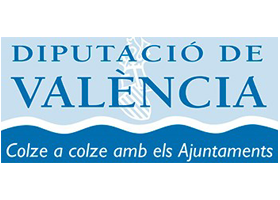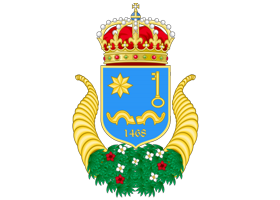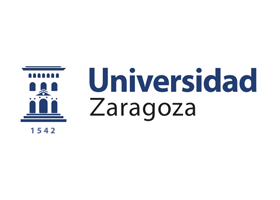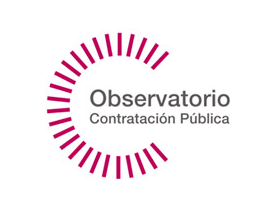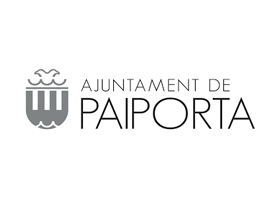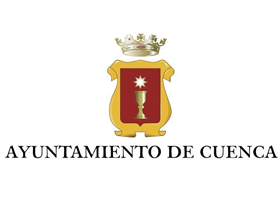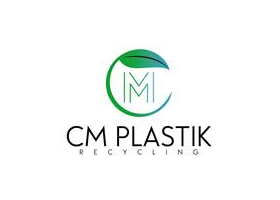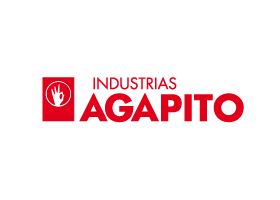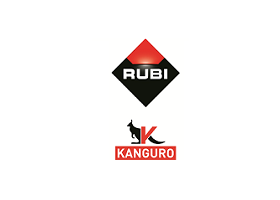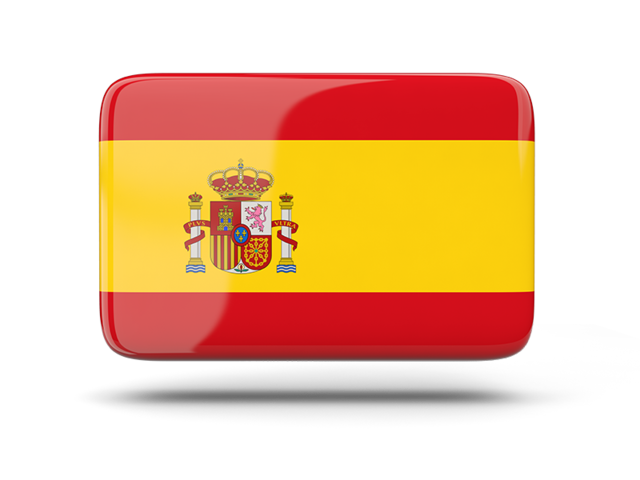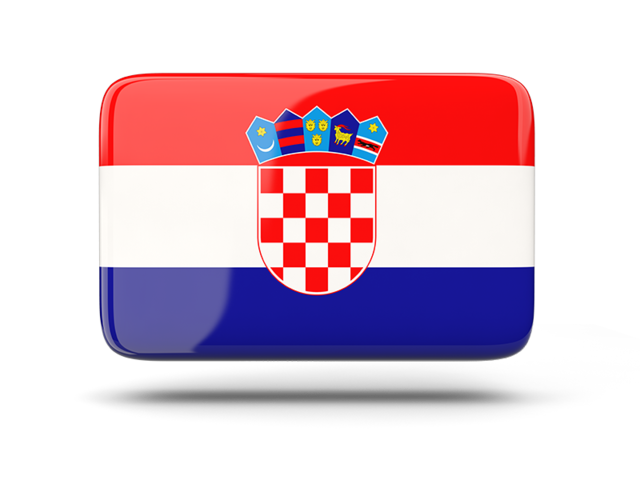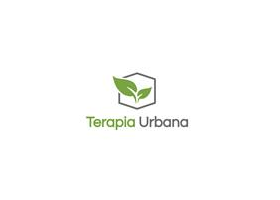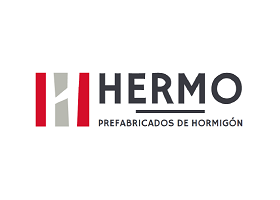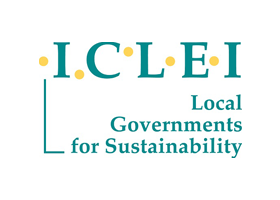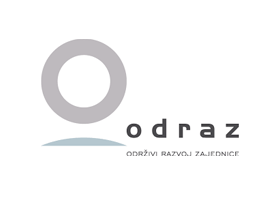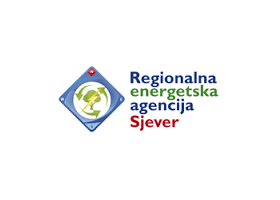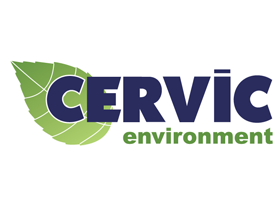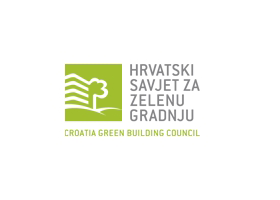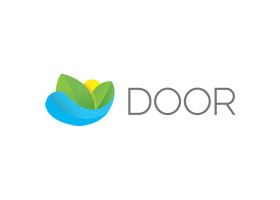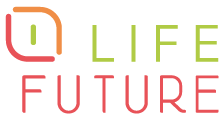In this section, you can access to the latest technical information related to the FUTURE project topic.
© Nommon Solutions and Technologies
As city-dwellers go about their day, they typically send a few texts, use a smart ticket to access public transport or do some shopping with their bank card. Data from these activities can build up a picture of when and why populations move around a city over time.
Researchers in the EUNOIA project have developed tools that analyse this information to better understand what drives people’s travel decisions. Using these, they have improved a common forecasting model to help mobility policymakers more easily balance the interests of citizens, the environment and the economy. Finally, case studies with the tools on bicycle-sharing schemes in Barcelona, London and Zurich show how local authorities can use the innovations to promote sustainable travel.
This project was one of the first in Europe to address in detail how data from mobile personal devices, social networks and resource-sharing services can shed light on mobility in cities, says deputy project coordinator Ricardo Herranz of Nommon Solutions and Technology SL, a Spanish SME that provides decision support technology. The data provides greater detail than traditional mobility surveys and can be kept constantly up-to date, he explains. “It helps policymakers evaluate infrastructure better – which limits planning mistakes – so citizens can have better services.”
New frontiers
EUNOIA’s main innovation was a prototype tool that uses mobile telephone records to measure population movements around a city, such as the number of trips in a certain direction or how many people attend an event, he says. At the same time, EUNOIA researchers improved the science behind analysing mobility data, in particular learning how people in groups make decisions when they are travelling together. They also developed a tool to visualise demographic data so planners can more easily understand results.
These results were then used to improve MATSim, a widely-used open-source transport simulation model. Project researchers tested the tools and model upgrades on bike-sharing schemes in Barcelona, London and Zurich, where they were able to use mobile phone data and transport ticket records to analyse trips according to travel reason and to model transport demand.
The research is of great value for planning and managing urban transport, says Herranz. It could also help create new products and services for the transport sector. Indeed, a start-up, Kineo, founded by project consortium member Nommon and project advisor Luis Willumsen has developed commercial uses of the project’s tools and methods for extracting travel data from mobile phone records.
Further horizons
EUNOIA demonstrates the potential of new, non-conventional data sources to fine-tune urban simulation models and double-check their results, adds Herranz. The research team has published many articles in major scientific journals, and the research avenues they opened have already been explored more extensively in later research projects such as the FP7 project INSIGHT.
Meanwhile, Barcelona, London and Zurich have continued their work with EUNOIA partners in new projects, and a variety of private and public institutions have employed Kineo’s solutions to acquire and visualise demographic travel information.
“EUNOIA made significant scientific contributions,” says Herranz. Future steps will be to merge different data sources into single modelling tools, and gather data for modelling from rapidly developing countries, for example through crowdsourcing. On an even bigger scale, other work could help develop a ‘science of cities’, he adds, which would model cities’ development over different timescales and lengths and through different city interactions to continue to improve city planning.

» More Information
« Go to Technological Watch
